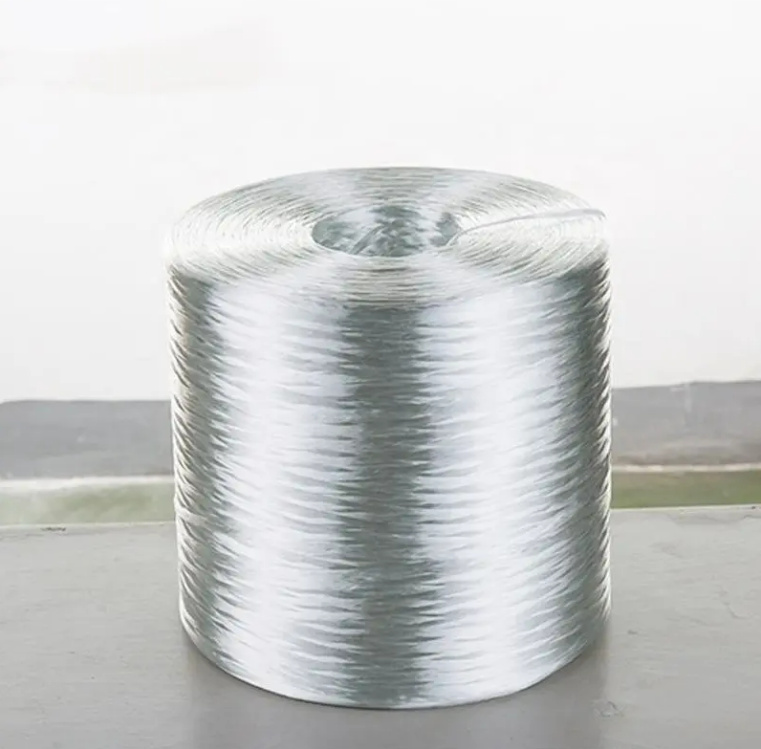Fiberglass roving for spray-up is a type of continuous glass fiber strand specifically designed for use in spray-up applications. This method is commonly used in the fabrication of composite materials, where fiberglass and resin are simultaneously sprayed into a mold to create reinforced plastic products. The spray-up process is widely used in industries such as marine, automotive, construction, and consumer products.

Asia composite materials (Thailand)co.,Ltd
The pioneers of fiberglass industry in THAILAND
E-mail:yoli@wbo-acm.com WhatsApp :+66966518165
Characteristics of Fiberglass Roving for Spray-Up
1. **High Strength**: Provides excellent tensile strength and durability to the finished composite product.
2. **Good Wet-Out**: Ensures that the roving quickly and thoroughly saturates with resin, resulting in a uniform and high-quality laminate.
3. **Compatibility**: Typically compatible with a variety of resins, including polyester, vinyl ester, and epoxy resins.
4. **Ease of Processing**: Designed to be easily chopped and sprayed with minimal fuzz and easy handling.
Applications
1. **Marine**: Used in the production of boat hulls, decks, and other marine components.
2. **Automotive**: Utilized for manufacturing car bodies, panels, and other automotive parts.
3. **Construction**: Applied in making panels, roofing, and other construction materials.
4. **Consumer Products**: Used in the creation of bathtubs, shower stalls, and recreational vehicle parts.
Benefits
1. **Efficient Production**: The spray-up process allows for rapid and efficient production of large and complex shapes.
2. **Cost-Effective**: Reduces labor and material costs compared to traditional hand lay-up techniques.
3. **Versatile**: Suitable for a wide range of applications due to its adaptability to different shapes and sizes.
Spray-Up Process Overview
1. **Preparation**: The mold is prepared with a release agent to ensure easy removal of the finished part.
2. **Application**: A chopper gun simultaneously sprays resin and chops fiberglass roving into short strands, which are then sprayed onto the mold.
3. **Rolling**: The laminate is rolled to remove air bubbles and ensure even distribution of the resin and fibers.
4. **Curing**: The composite is allowed to cure, either at room temperature or with the application of heat.
5. **Demolding**: Once cured, the finished part is removed from the mold for further processing or use.
Purchasing and Specifications
When purchasing fiberglass roving for spray-up, consider the following specifications:
1. **Tex (Weight)**: The weight of the roving, typically measured in tex (grams per kilometer), which affects the application rate and thickness of the laminate.
2. **Filament Diameter**: The diameter of the individual glass fibers, affecting the mechanical properties and surface finish of the final product.
3. **Sizing**: The chemical coating applied to the fibers to enhance compatibility with the resin and processing characteristics.
4. **Packaging**: Available in various forms such as cakes, balls, or bobbins, depending on the application requirements.
If you need specific recommendations or have particular requirements for your spray-up application, feel free to provide more details, and I can help you find the best solution.
Post time: Jun-13-2024




